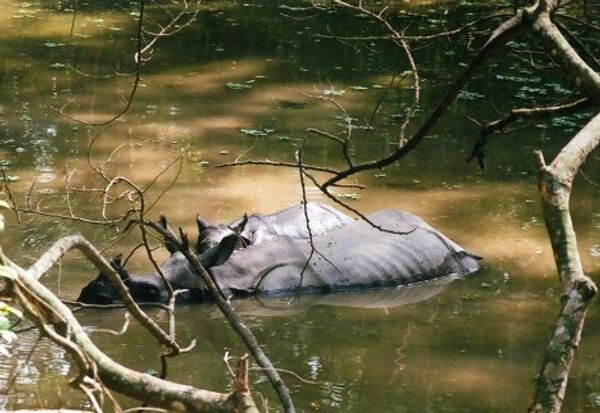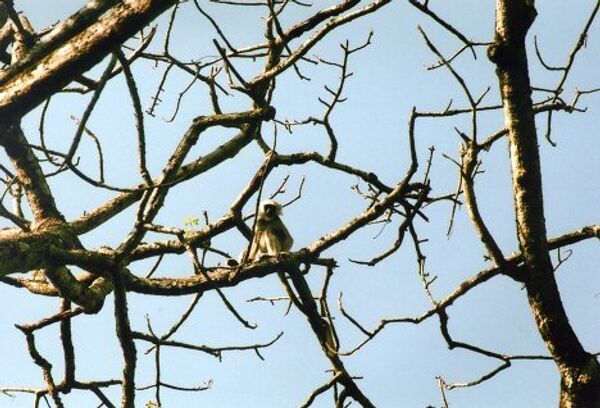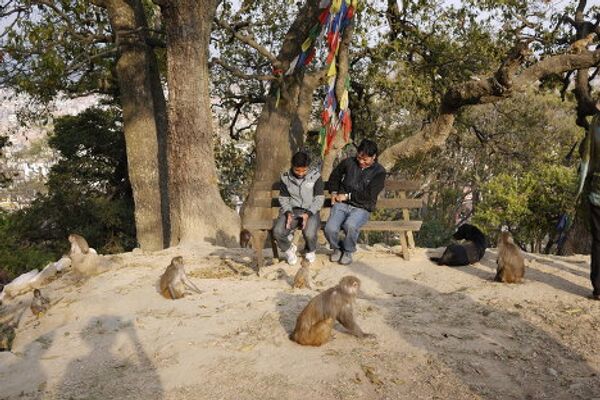Nepal is home to one of the last areas of protected pristine jungle in southern Asia, Chitwan National Park. Covering 932 square kilometers, Chitwan is home to some of the world’s rarest species, including the tiger, one-horned rhino, sloth-bear, and two types of crocodile – the fish-eating gharial and the deadly mugger. Visitors to the area often see these animals face-to-face – most safely done from the back of an elephant or jeep, though it is possible to walk in the park too. The rest of the country also has plenty of wildlife, some of which even turns up in the busy capital Kathmandu.

1/11
© RIA Novosti . Howard Gethin
The most deadly animal in the park to humans is the mugger. Basking on the river bank during the midday sun, the mugger eats anything it can catch. The English word mugger entered the language when during the British reign in India, they saw local villagers dragged to their death by the crocs.

2/11
© RIA Novosti . Howard Gethin
The largest animal in the park is the single-horn rhino. These huge mammals graze at night, often visiting the park’s pools and rivers during the heat of the day to keep cool.

3/11
© RIA Novosti . Howard Gethin
This lemur is one of several species of monkey in the park. They are one of the favored prey of the tiger, and try to spend most of their time safely up in the trees.

4/11
© RIA Novosti . Howard Gethin
This monkey was photographed in Kathmandu, but the species can be found across much of the country.

5/11
© RIA Novosti . Howard Gethin
Cannabis is one of the many plants common to Nepal and found widely across the country, including Chitwan.

6/11
© RIA Novosti . Howard Gethin
The sunset over the Rapti river never fails to impress the visitor.

7/11
© RIA Novosti . Howard Gethin
A boat trip along the Rapti gives visitors great views and the chance to spot many wading bird species.

8/11
© RIA Novosti . Howard Gethin
The cotton bug is one of the more vivid insects found on the jungle floor everywhere in Chitwan.

9/11
© RIA Novosti . Howard Gethin
Termite nests are a common site in Chitwan.

10/11
© RIA Novosti . Howard Gethin
Villagers planting rice in the Terai region, just outside Chitwan national park.

11/11
© RIA Novosti . Howard Gethin
Monkeys at Swayambunath, also known as the Monkey Temple, Kathmandu.

